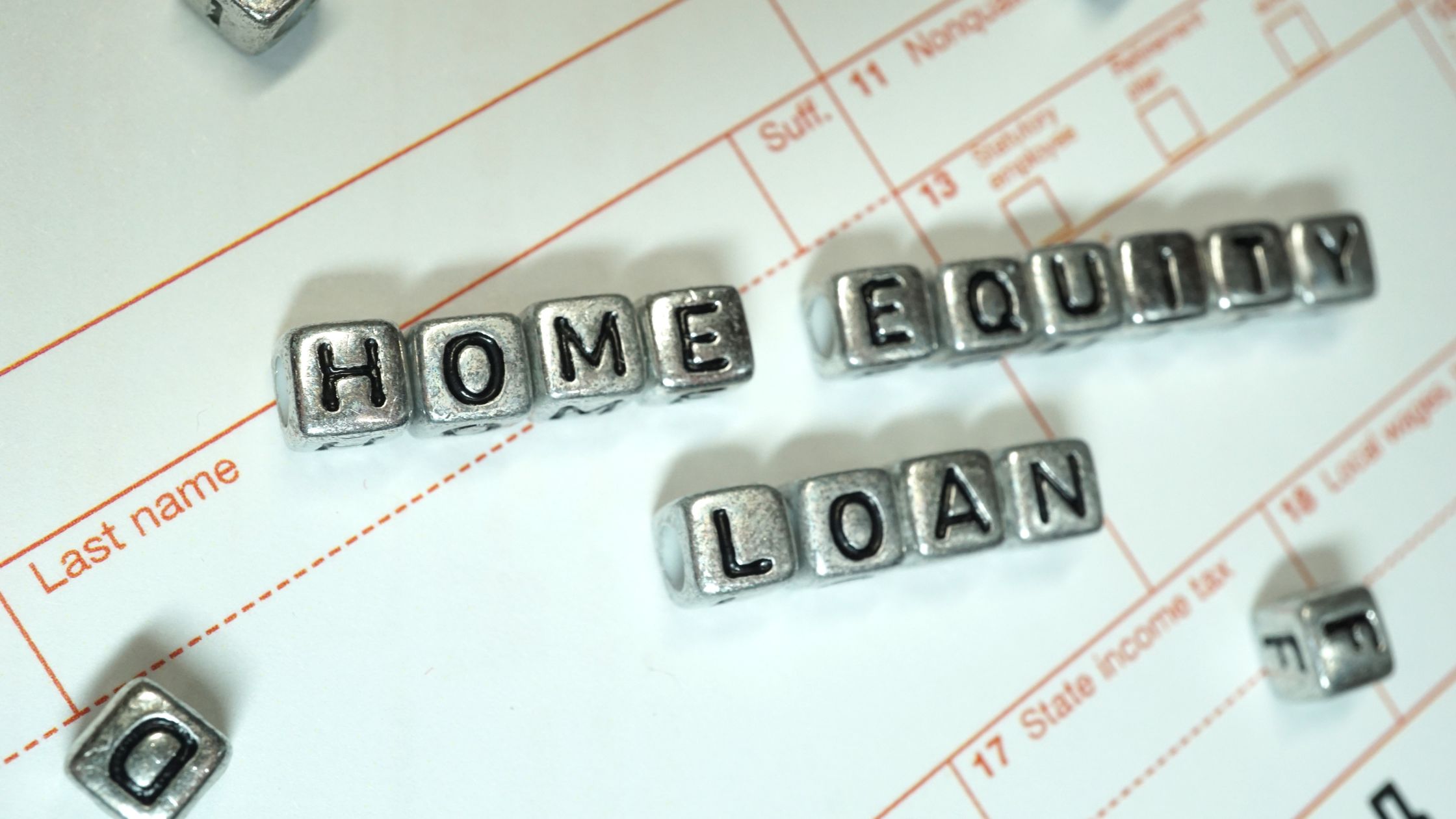Key Takeaways
-
A HELOAN provides a lump sum with a fixed interest rate and predictable monthly payments.
-
A HELOC offers flexible access to funds and has variable interest rates, ideal for ongoing expenses.
-
HELOANs are best for large, one-time expenses, while HELOCs are suitable for ongoing access to funds.
-
The choice between a HELOAN and HELOC depends on your financial needs and risk tolerance.
Unlocking home equity can provide financial flexibility, but choosing the right option is crucial. A Home Equity Line of Credit (HELOC) and a Home Equity Loan (HELOAN) both let you borrow against your home’s value, but they work differently. Understanding these differences can help you make the best choice for your financial needs.
What Is a Home Equity Loan (HELOAN)?
A HELOAN provides a lump-sum loan with a fixed interest rate and a structured repayment term. Borrowers receive a set amount upfront and repay it in fixed monthly installments, making it ideal for planned expenses like home renovations or debt consolidation.
Key Benefits of a HELOAN:
- Fixed Interest Rate – Predictable monthly payments
- Lump-Sum Disbursement – Receive all funds at once
- Best for Large, One-Time Expenses
Potential Drawbacks:
- Less Flexibility – You must know how much you need upfront
- Risk of Foreclosure – Missing payments can put your home at risk
What Is a HELOC?
A HELOC functions as a revolving line of credit, similar to a credit card. Borrowers can withdraw funds as needed during the draw period and make payments based on the amount used. Interest rates are typically variable, meaning payments may fluctuate over time.
Key Benefits of a HELOC:
- Flexible Access to Funds – Borrow only what you need
Interest-Only Payments – Lower payments during the draw period
Great for Ongoing Expenses – Ideal for home improvements or emergencies
Potential Drawbacks:
- Variable Interest Rates – Payments may increase over time
Potential for Higher Debt – Requires disciplined repayment habits
Key Differences: HELOAN vs. HELOC

| Feature | HELOAN | HELOC |
| Interest Rate | Fixed | Variable |
| Payment Structure | Fixed monthly payments | Payments vary based on usage |
| Access to Funds | Lump sum upfront | Withdraw as needed |
| Interest Charges | Charged on full loan amount | Charged only on borrowed funds |
| Repayment | Begins immediately | Interest-only during draw period, then principal + interest |
How to Qualify for a HELOAN or HELOC
Approval depends on several factors, including:
- Credit Score – Higher scores improve approval odds and interest rates
- Stable Income – Verifiable income increases lender confidence
- Debt-to-Income Ratio (DTI) – Lower DTI improves eligibility
- Home Equity – Most lenders allow borrowing up to 80-90% of home value
- Home Appraisal – Required to determine the home’s current market value
Which One Should You Choose?
- Assess Risk Tolerance – HELOANs offer stability, while HELOCs require financial discipline due to variable interest rates.
- Choose a HELOAN if you need a large, one-time sum with predictable payments.
- Choose a HELOC if you want ongoing access to funds and repayment flexibility.
Bottom Line
Both HELOCs and HELOANs offer valuable financing options, but the right choice depends on your financial goals. Understanding how each works and evaluating your situation can help you make the best decision. Click below to explore your options and secure the best terms.
FAQs: HELOAN vs. HELOC
No SSN required. Zero impact to credit. Your Information is never sold.




